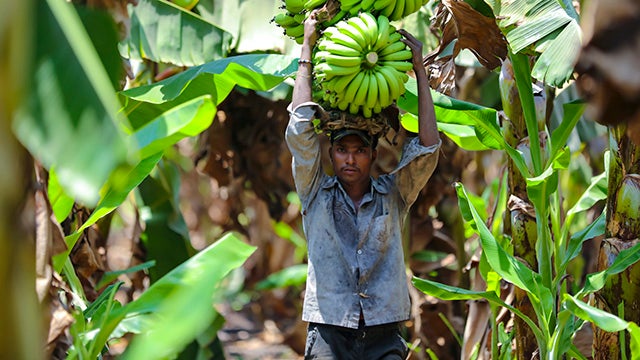Beginning today, and continuing over the next three days, the Aspen Strategy Group and the Aspen Institute India are gathering a high-level group of Indians and Americans in New Delhi for the 18th meeting of the U.S.-India Strategic Dialogue. It has been just over a decade since Bob Blackwill, Phil Zelikow, Joe Nye, and Henry Kissinger conceived of a major Track II effort to take what was then a fledgling strategic relationship between the world’s oldest and largest democracies to the next level. With an inaugural trip to India in January 2002, the “US-India Strategic Dialogue” was born.

Since that time, the relationship between the United States and India has evolved from one marred by strain and strategic dissonance to one of increasing cooperation and complexity. Underpinning the relationship’s improved status and tone is a growing network of American and Indian decision-makers committed to invigorating ties between the two countries. The US-India Dialogue plays a vital role in establishing and energizing that network, as well as fostering the exchange of ideas and perspectives necessary to strengthen the burgeoning relationship. The Dialogue is the venue for bipartisan, high-level, and cross-disciplinary discussions of the key emerging topics in the US-Indian relationship. Over the years, the Dialogue has focused on a range of topics including defense cooperation; economics and trade; geopolitical and regional matters; nuclear needs and aspirations; combatting terrorism; China’s rise; public health; and the environment.
Our time in Delhi comes at a critical moment. In the US, President Barack Obama is building a new cabinet, replacing key figures such as Secretary of State Hillary Clinton and Secretary of Defense Leon Panetta who have been deeply engaged in continuing to build the US-India relationship. As his new team takes shape, it will be closely monitored in India for signs on the future direction for the relationship. In India, the government faces a particularly challenging time, especially as the nation reels from the brutal rape of a young Indian student who died last month. They also continue their struggle to move forward on economic reforms, lift millions out of poverty, and the natural challenges that stem from a population of 1.2 billion people.
The trajectory of this Dialogue and that of the overall US-India relationship run parallel to one another. There will always be new challenges, but over time, trust is developed and relationships deepen, allowing space for new thinking and opportunities for collaboration. It is for this reason we continue this dialogue and look forward to meeting again, to work together to solve our nations’ greatest challenges.

